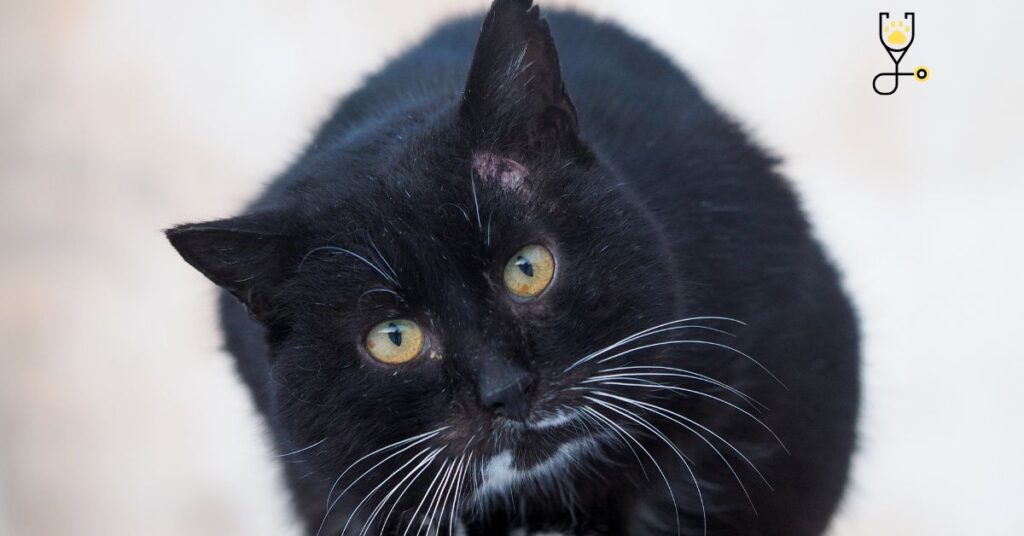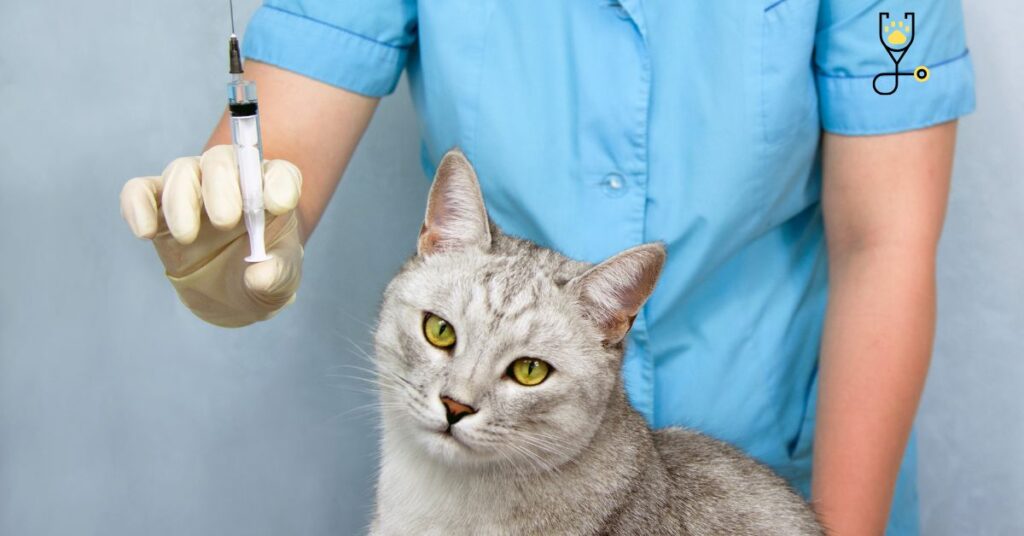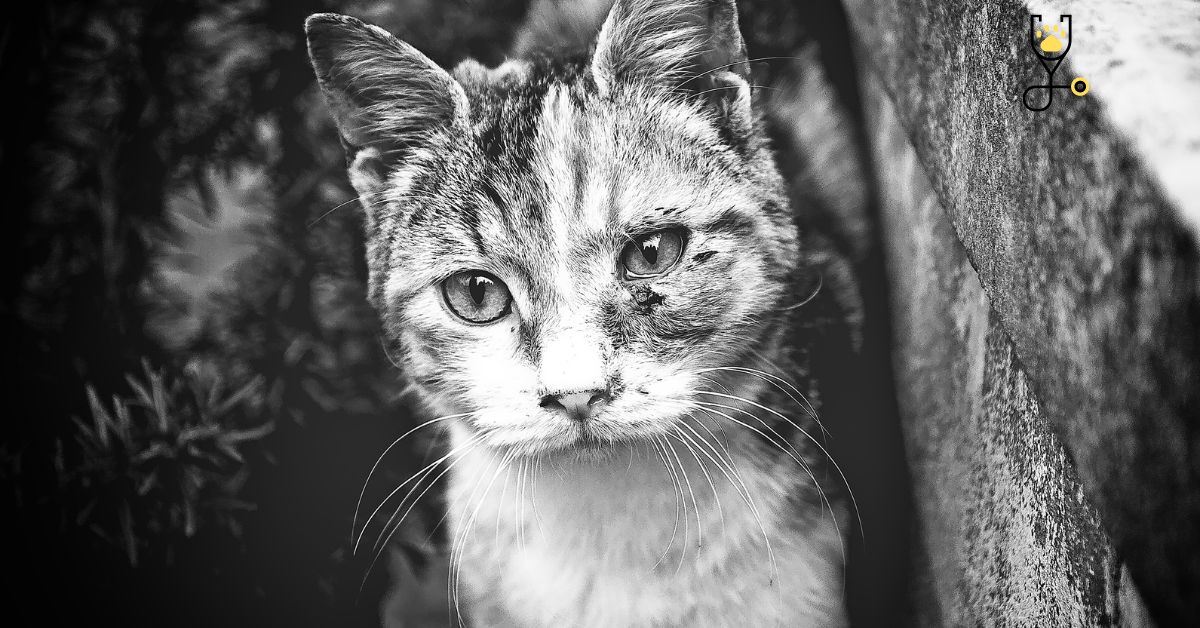Cats are adorable, curious creatures that often love to explore their surroundings. Unfortunately, this can sometimes lead them into dangerous situations. In particular, cats can be at risk for contracting rabies if they come into contact with an infected animal. While rabies is a deadly disease, there are steps you can take to help protect your cat from it. In this blog post, we will discuss what rabies is and how you can help keep your cat safe from it. We will also provide a few tips on what to do I your cat does become infected.
What is Rabies?
Rabies is a virus that primarily affects the nervous system of mammals. It is most commonly transmitted through the bite of an infected animal, although it can also be transmitted through contact with an infected animal’s saliva or nervous tissue. The virus travels from the site of the infection to the brain, where it causes inflammation and eventual death. Rabies is almost always fatal once symptoms begin to appear, and there is no known cure.
Causes of Rabies in Cats
There are many different things that can cause rabies in cats. Here are 10 of the most common causes:
1. Bites from other animals – This is the most common way that cats contract rabies. If your cat is bitten by another animal that is infected with the virus, there is a high chance that your cat will become infected as well.
2. Scratches from other animals – While not as common as bites, scratches can also transmit the rabies virus to cats. This is because the virus can be present in an infected animal’s saliva, which can then be transferred to your cat through a scratch.

3. Contact with other animals’ saliva – Another way that the rabies virus can be transmitted to cats is through contact with an infected animal’s saliva. This can happen if your cat licks an infected animal or comes into contact with something that has been contaminated with an infected animal’s saliva (such as food or water).
4. Contact with other animals’ nervous tissue – In some rare cases, the rabies virus can be transmitted to cats through contact with an infected animal’s nervous tissue. This can happen if your cat comes into contact with a dead animal that was infected with rabies.
5. Bites from bats – While not as common as bites from other animals, bites from bats can also transmit the rabies virus to cats. This is because bats are one of the few animals that are known to carry the virus.
Symptoms of rabies in cats
There are many different symptoms of rabies in cats, and they can vary depending on how far the virus has progressed.
In the early stages:
- Fever
- Loss of appetite
- lethargy
- Disorientation
- Inability to swallow
As the disease progresses:
- Seizures
- Paralysis
- Excessive drooling or saliva production
- aggressiveness
- Hydrophobia (fear of water)
- Cardiac arrest
If your cat is displaying any of these symptoms, it is important to seek veterinary treatment immediately as rabies is almost always fatal once symptoms begin to appear. There is no known cure for rabies, so the only course of treatment is to euthanize the affected animal in order to prevent the spread of the virus.
Ways to Prevent Rabies in Cats
There are several things that you can do to help prevent your cat from contracting rabies. Here are:

1. Keep your cat up-to-date on vaccinations – One of the best ways to protect your cat from rabies is to make sure that they are up-to-date on its vaccinations. These vaccinations will help to keep your cat safe if they are ever exposed to the virus.
2. Avoid contact with wild animals – Another way to help prevent rabies is to avoid contact with wild animals. If you see a wild animal, do not approach it, and do not let your cat approach it.
3. Keep your cat indoors – Keeping your cat indoors can also help to prevent them from contracting rabies. This is because indoor cats are less likely to come into contact with infected animals than outdoor cats.
4. Supervise your cat when they are outdoors – If you cannot keep your cat indoors, it is important to supervise them when they are outdoors. This will help to ensure that they do not come into contact with any infected animals.
5. Seek medical care immediately if your cat is bitten by an animal – If your cat is bitten by an animal, it is important to seek medical care immediately. This is because the rabies virus can be transmitted through a bite, and early treatment is essential.
Diagnosis and Treatment of rabies in cats
There is no known cure for rabies, so the only course of treatment is to euthanize the affected animal in order to prevent the spread of the virus. If your cat has been bitten by an animal, it is important to seek medical care immediately and have your cat quarantined. Your veterinarian will then determine if your cat needs to be euthanized or not. Prevention is the best way to protect your cat from rabies. Make sure that your cat is up-to-date on its vaccinations and avoid contact with wild animals. If you cannot keep your cat indoors, make sure to supervise them when they are outdoors. Seek medical care immediately if your cat is bitten by an animal.
Most prone cat breeds developing rabies
1. Siamese
2. Manx
3. Birman
4. Persian
5. Russian Blue
6. Sphynx
7. British Shorthair
8. Scottish Fold
Conclusion
Rabies is a serious disease that can be fatal to cats. There is no known cure for rabies, so the only course of treatment is to euthanize the affected animal in order to prevent the spread of the virus. There are several things that you can do to help prevent your cat from contracting rabies, such as keeping your cat up-to-date on vaccinations, avoiding contact with wild animals, and keeping your cat indoors. If your cat is bitten by an animal, it is important to seek medical care immediately. Prevention is the best way to protect your cat from rabies.
FAQ’s
If your cat is displaying any of the following symptoms, it is important to seek veterinary treatment immediately as rabies is almost always fatal once symptoms begin to appear: the ability to swallow, seizures, paralysis, excessive drooling or saliva production, aggressiveness, hydrophobia (fear of water), cardiac arrest.
Cats can contract rabies through contact with an infected animal, such as a bat or raccoon. The virus can be transmitted through a bite, or if the infected animal’s saliva comes into contact with your cat’s mucous membranes (such as the eyes, nose, or mouth).
Yes, humans can contract rabies from cats. The virus can be transmitted through a bite, or if the infected animal’s saliva comes into contact with your mucous membranes (such as the eyes, nose, or mouth). It is important to seek medical treatment immediately if you think you have been exposed to the rabies virus.
The best way to protect your cat from rabies is to make sure that they are up-to-date on its vaccinations. You should also avoid contact with wild animals, and keep your cat indoors if possible. If your cat is bitten by an animal, it is important to seek medical care immediately.
There is no known cure for rabies, so the only course of treatment is to euthanize the affected animal in order to prevent the spread of the virus. If your cat has been bitten by an animal, it is important to seek medical care immediately and have your cat quarantined. Your veterinarian will then determine if your cat needs to be euthanized or not. Prevention is the best way to protect your cat from rabies.







